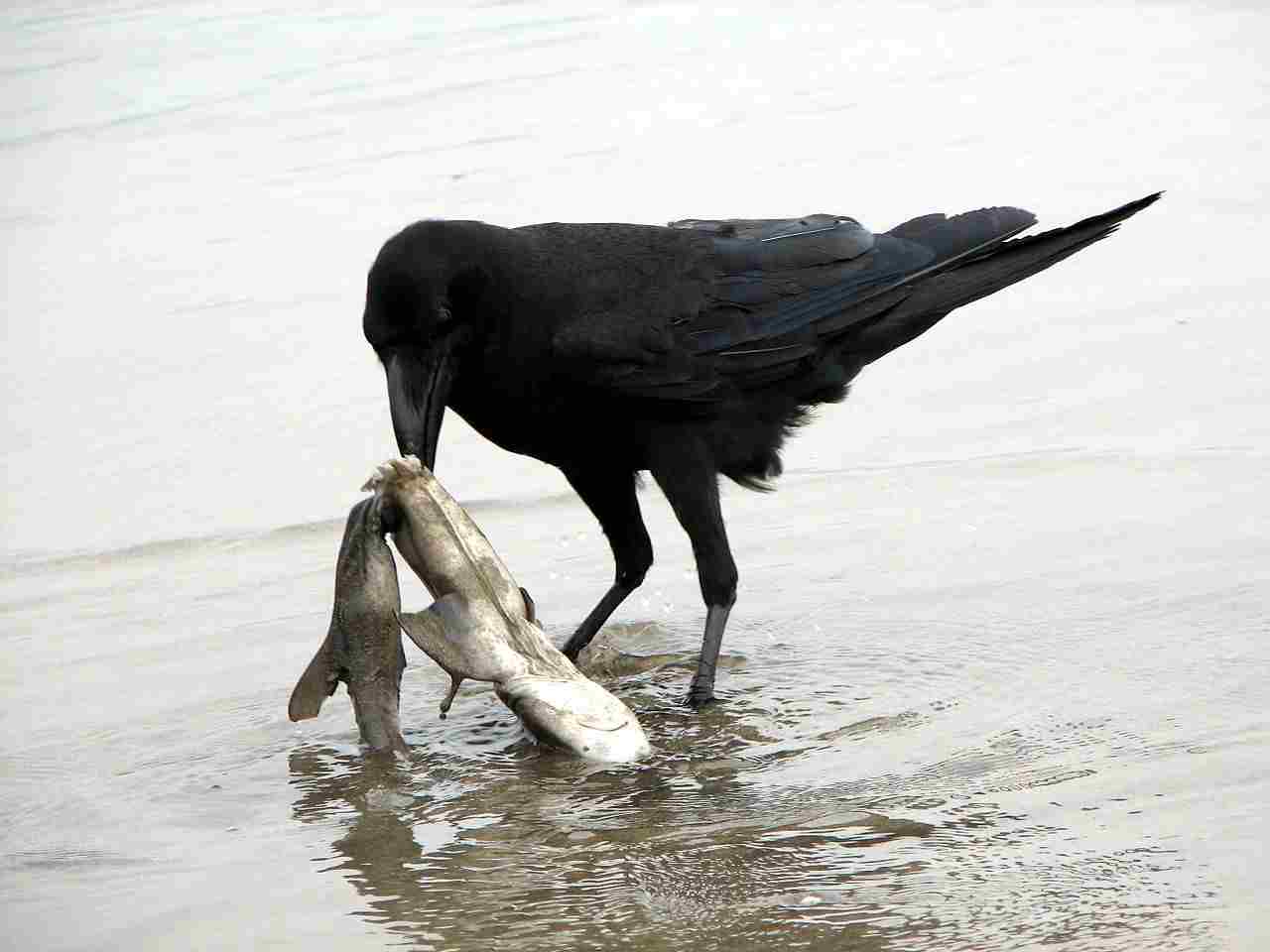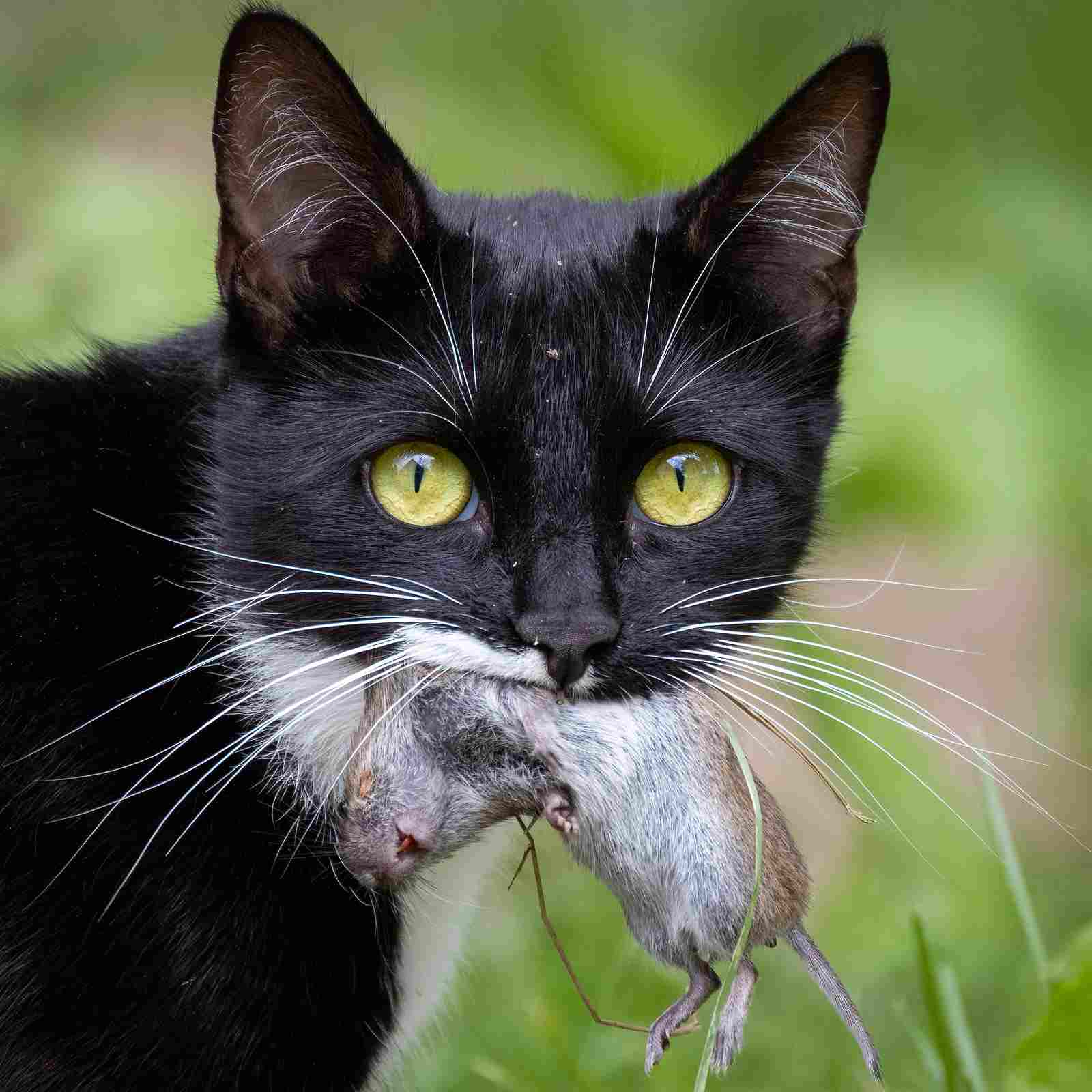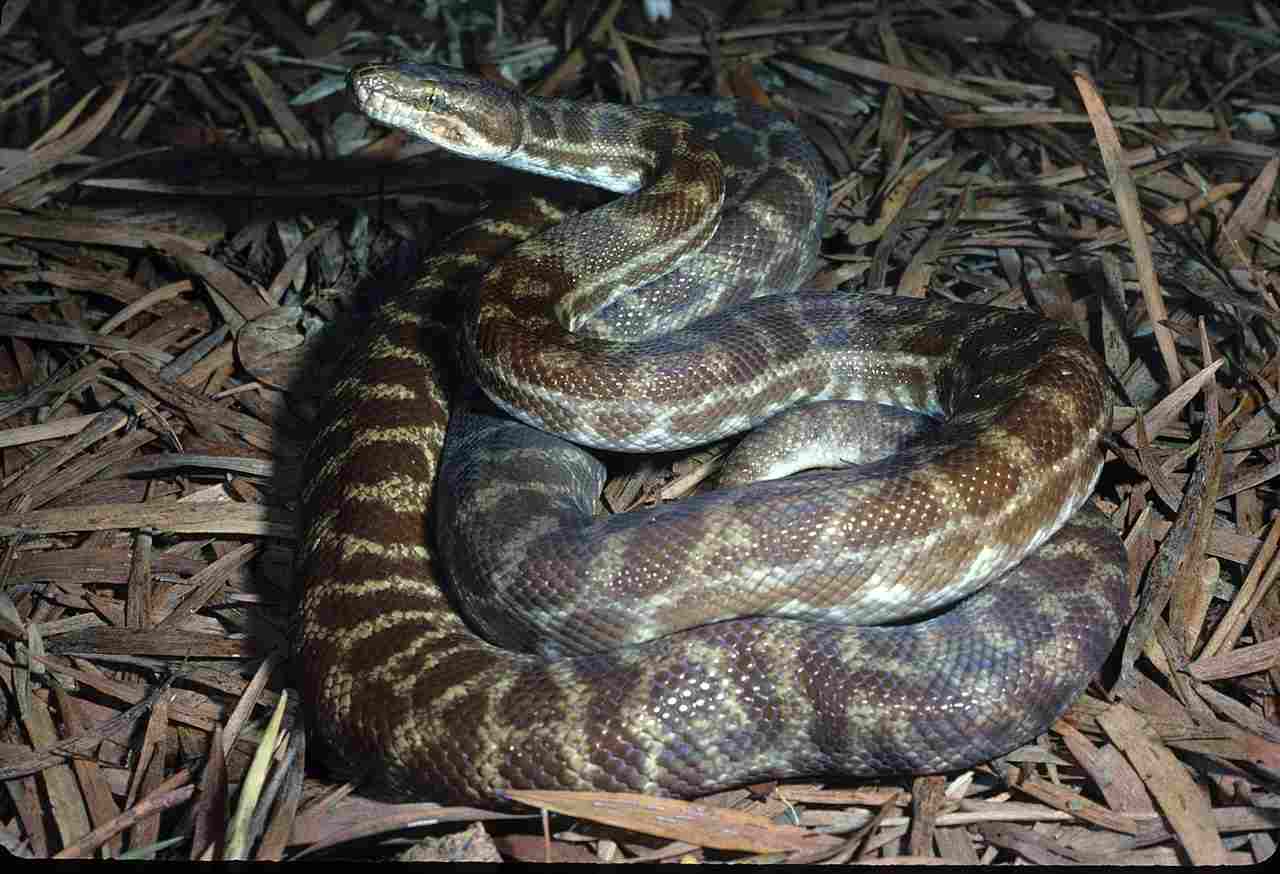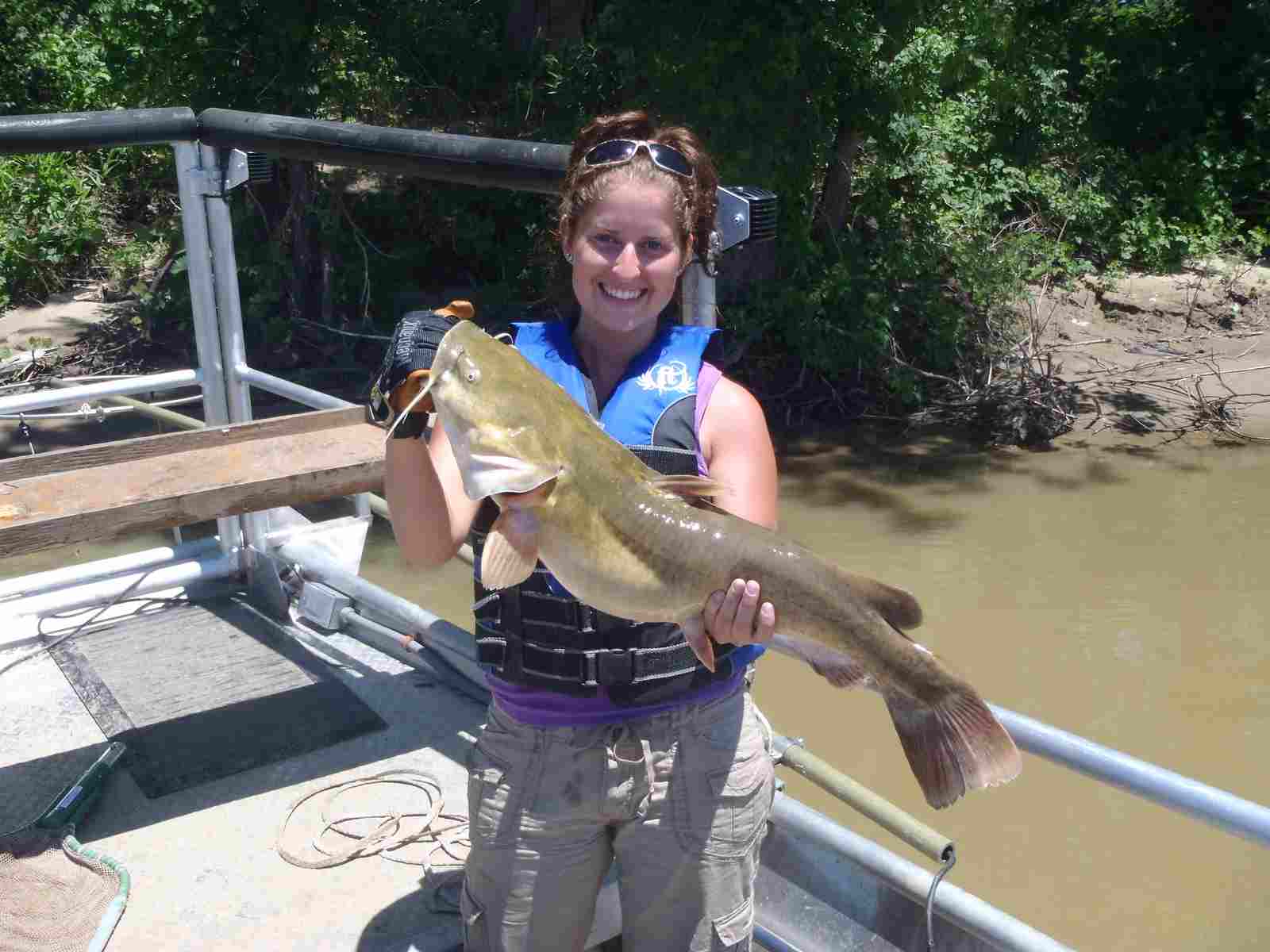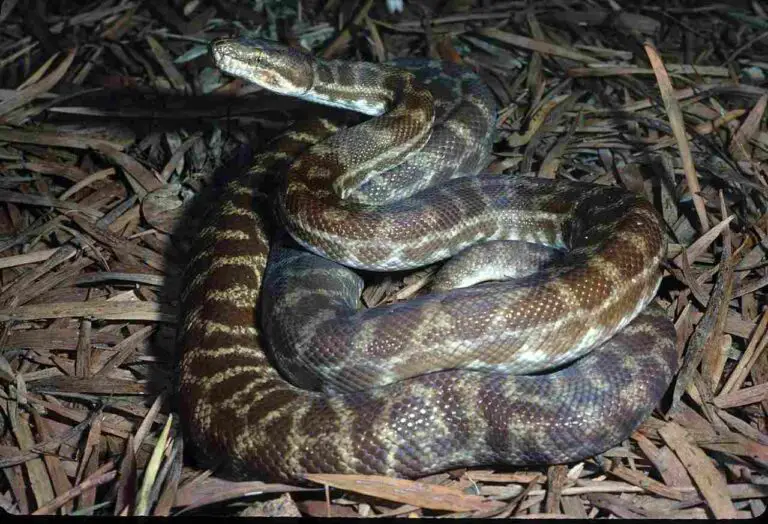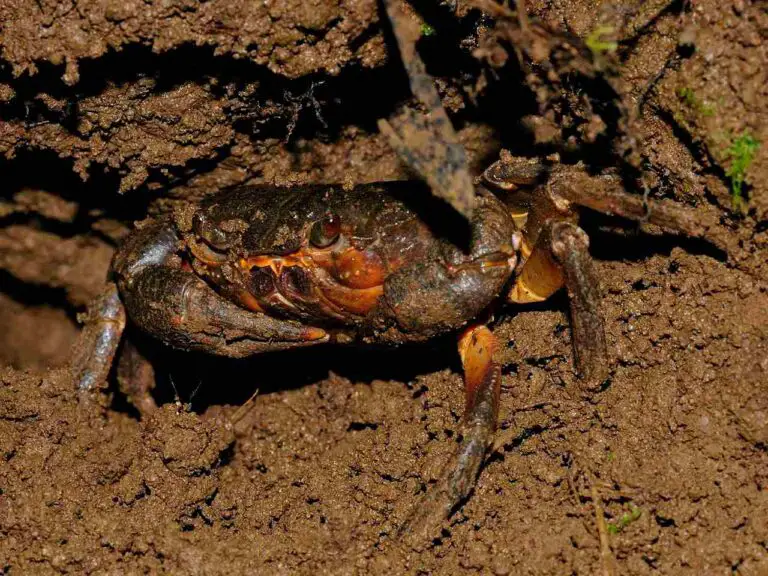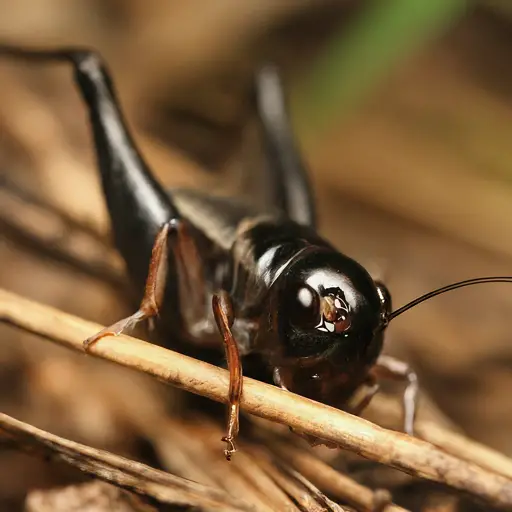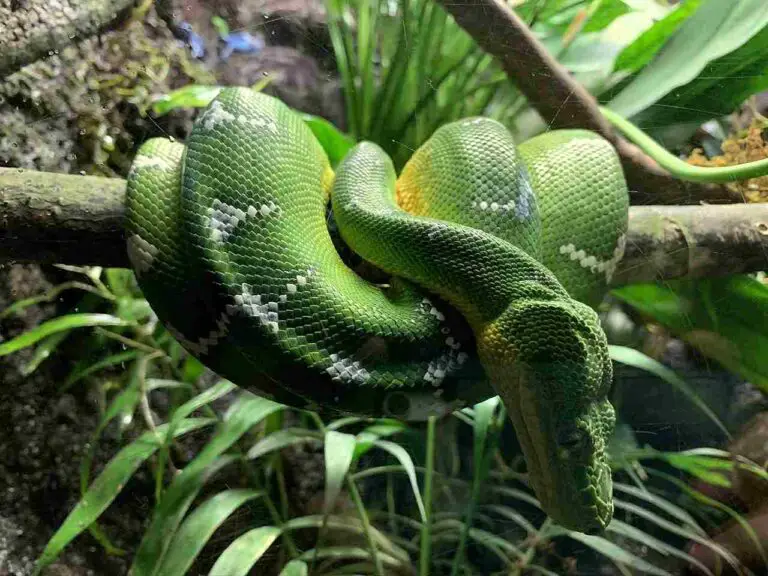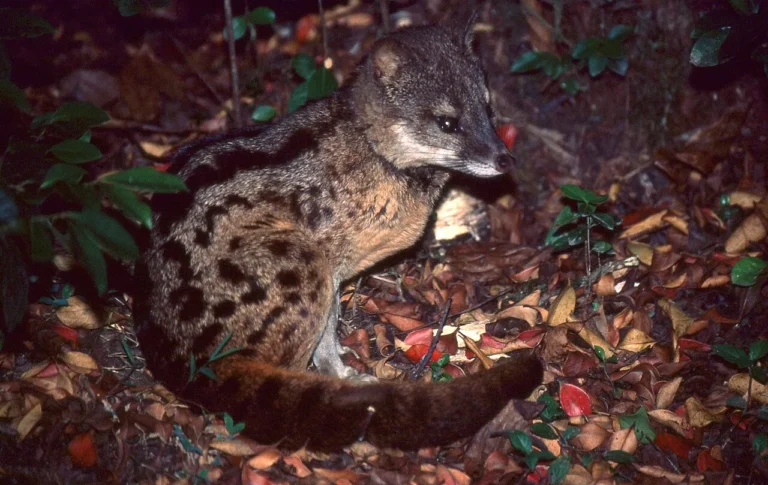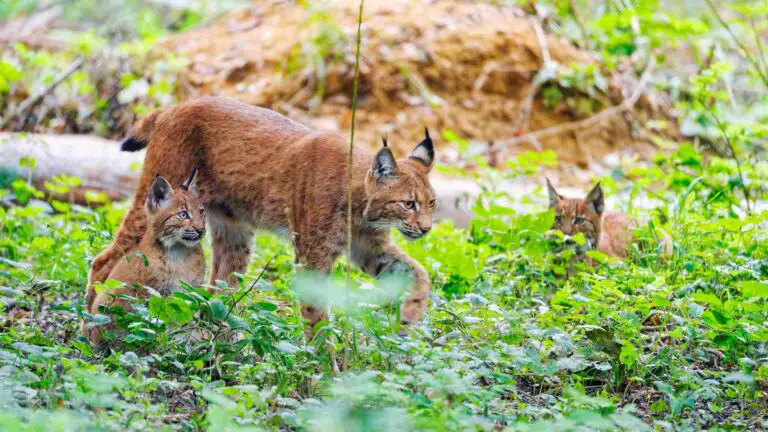Is a Catfish a Consumer? Trophic Status of Catfish Revealed
Yes, a catfish is a consumer because it relies on other animals for its nutrition and energy. As a consumer, it feeds on other organisms to meet its dietary needs. This distinguishes it from autotrophs, which can manufacture their own food through photosynthesis or chemosynthesis. Catfish, on the other hand, are heterotrophs that depend on external food sources.
They exhibit predatory behavior, actively seeking out and consuming other organisms. This makes them secondary consumers in the food chain, as they feed on primary consumers. Their feeding habits have a significant trophic impact, influencing the population dynamics of their prey. Despite their importance as consumers, catfish do not contribute directly to biodegradation. Instead, they play a role in maintaining the balance of aquatic ecosystems.
Why Catfish are Consumers
1. They are Unable to Manufacture Their Own Food
Catfish are unable to manufacture their own food, unlike plants and other producers. This means that they rely on external sources for their nutrition, making them consumers. Catfish obtain their energy by consuming other organisms, such as smaller fish, insects, and crustaceans. They have a specialized digestive system that allows them to break down and absorb nutrients from their prey.
Catfish are considered consumers because they cannot produce their own food through photosynthesis or other means. Instead, they actively search for and capture their prey, using their sensory organs and predatory behavior.
This reliance on consuming other organisms places them in the consumer category within the trophic hierarchy. By consuming other organisms, catfish play an important role in energy transfer and nutrient cycling within aquatic ecosystems.
2. Catfish Have Higher Biological Complexity Than Producers
Catfish have higher biological complexity than producers due to their advanced neurological and digestive systems. These systems allow catfish to actively search for and capture their prey, making them consumers. Unlike producers, such as plants, catfish cannot manufacture their own food through photosynthesis. Instead, they rely on external sources for their nutrition.
Catfish possess specialized sensory organs that help them detect and locate their prey, while their predatory behavior enables them to capture and consume other organisms. Their digestive system is adapted to break down and absorb nutrients from their prey efficiently.
The higher biological complexity of catfish, compared to producers, is evident in their ability to actively obtain energy from other organisms. This reliance on consuming other organisms places catfish in the consumer category within the trophic hierarchy. By fulfilling their role as consumers, catfish contribute to energy transfer and nutrient cycling within aquatic ecosystems.
3. They Do Not Contribute Directly to Biodegradation
Catfish do not contribute directly to biodegradation, although they scavenge. Unlike decomposers, which break down dead organic matter and contribute to the recycling of nutrients, catfish primarily rely on consuming live organisms for their nutrition. They are consumers in the trophic hierarchy, playing a vital role in energy transfer within aquatic ecosystems.
Catfish are not involved in the process of breaking down dead organic matter, which is a key characteristic of decomposers. Instead, they actively search for and capture their prey, which can include smaller fish, mollusks, crustaceans, and even plants. Their predatory behavior and specialized sensory organs enable them to locate and consume other organisms efficiently.
By consuming other organisms, catfish contribute to the flow of energy and nutrients within the ecosystem. They play a crucial role in maintaining the balance and stability of aquatic food webs. Therefore, catfish are considered consumers rather than decomposers. Their feeding habits and reliance on live prey distinguish them from organisms involved in the biodegradation process.
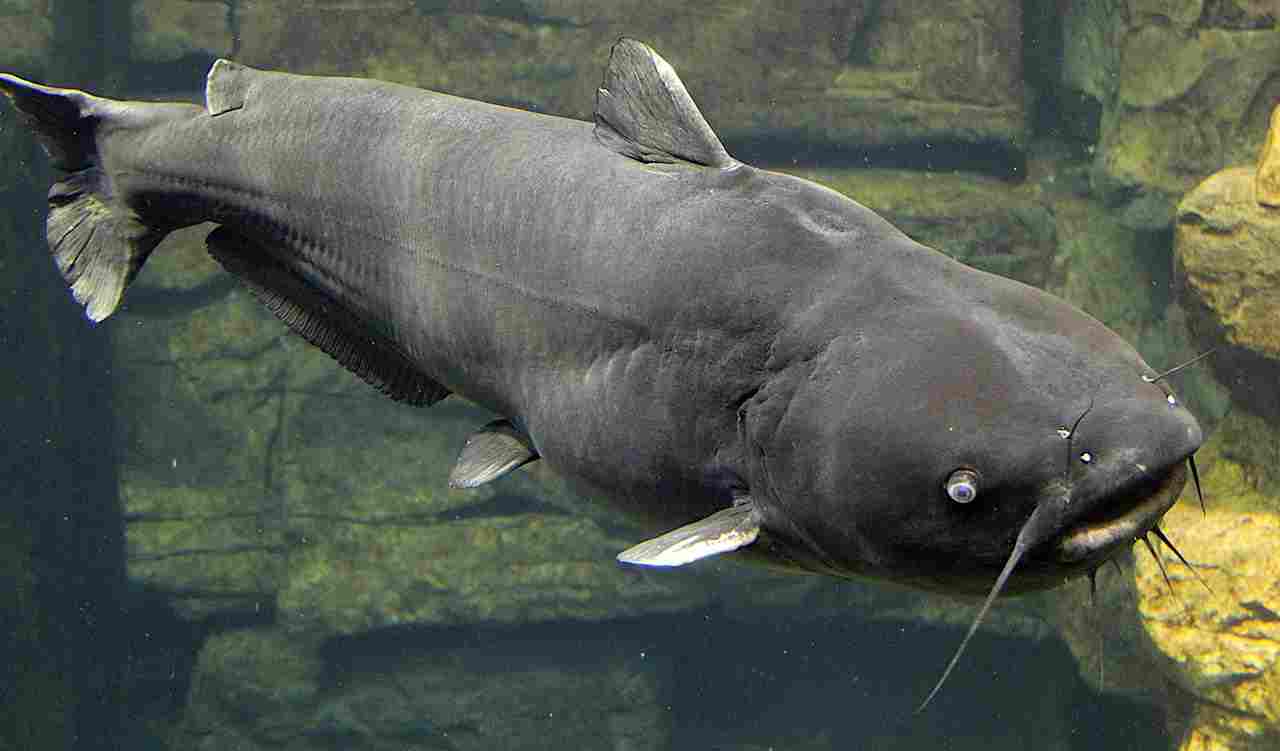
4. Catfish Feed On Other Organisms
Catfish are voracious eaters, feeding on a variety of organisms such as smaller fish, mollusks, crustaceans, and even plants. This diverse diet highlights their role as consumers in the trophic hierarchy of aquatic ecosystems.
As consumers, catfish play a crucial role in the energy transfer within these ecosystems. Their feeding habits contribute to the flow of energy and nutrients, as they consume other organisms to meet their nutritional needs. This makes them an important link in the food web, connecting primary producers to higher trophic levels.
Catfish are well-equipped to capture their prey. They have specialized sensory organs that enable them to locate and target their food efficiently. Their predatory behavior allows them to actively search for and consume other organisms, making them effective hunters in their aquatic habitats.
By feeding on other organisms, catfish contribute to the overall balance and stability of the ecosystem. They help regulate populations of their prey species and prevent overpopulation, which can have cascading effects on the entire food web.
What Type of Consumer is a Catfish?
A catfish can be classified as a secondary consumer due to its feeding habits and position in the trophic hierarchy. As a secondary consumer, a catfish occupies a crucial role in the food web, bridging the gap between primary producers and higher trophic levels.
One characteristic that defines a catfish as a secondary consumer is its omnivorous nature. Catfish have a diverse diet, feeding on both plant matter and other organisms. This makes them opportunistic consumers, taking advantage of available food sources in their environment. By consuming both plants and other animals, catfish play a vital role in the energy transfer within aquatic ecosystems.
Another aspect that categorizes a catfish as a secondary consumer is its bottom-feeding behavior. Catfish are known for their ability to scavenge for food on the river or lakebed. They use their barbels, which are sensory organs located near their mouths, to detect and locate potential prey items. This bottom-feeding behavior allows catfish to consume a wide range of organisms, including smaller fish, mollusks, crustaceans, and even plant material.
In addition to being omnivores and bottom feeders, catfish are also considered predators. They actively hunt and capture their prey, displaying predatory behavior. Their specialized sensory organs and sharp teeth enable them to efficiently locate, target, and consume other organisms. This predatory nature further solidifies their role as secondary consumers in the trophic hierarchy.
The trophic impact of catfish is significant within aquatic ecosystems. As secondary consumers, they have the ability to regulate populations of their prey species. By consuming smaller fish and other organisms, catfish help control their numbers and prevent overpopulation. This regulation is essential for maintaining the balance and stability of the ecosystem.
Why a Catfish is a Secondary Consumer
1. Predatory Behavior
Catfish exhibit predatory behavior by preying on shrimp, crabs, snails, and smaller fish. This feeding habit indicates that catfish are secondary consumers in the food chain.
As secondary consumers, catfish occupy a crucial position in the ecosystem. They consume primary consumers, such as shrimp and smaller fish, which in turn feed on producers like algae and plants. By consuming these primary consumers, catfish help regulate their populations and maintain the balance of the ecosystem.
Catfish are opportunistic feeders, meaning they take advantage of available food sources. Their versatile diet allows them to adapt to different environments and consume a variety of prey. This adaptability contributes to their success as secondary consumers.
2. Significant Trophic Impact
Catfish have a significant trophic impact on the ecosystem due to their versatile, omnivorous, and opportunistic feeding habits. This behavior reinforces their classification as secondary consumers.
As secondary consumers, catfish play a crucial role in the food chain by consuming primary consumers such as mollusks, small crustaceans, and small fish. By regulating the population of these primary consumers, catfish help maintain the balance of the ecosystem.
Catfish’s trophic impact extends beyond their direct consumption of primary consumers. They also indirectly influence the abundance and distribution of other organisms in the ecosystem. For example, by consuming certain prey species, catfish can prevent them from overgrazing on producers like algae and plants. This, in turn, allows the producers to thrive and provide food and habitat for other organisms.
Furthermore, catfish’s feeding behavior can also affect the nutrient cycling within the ecosystem. As they consume various prey items, they contribute to the transfer of energy and nutrients from lower trophic levels to higher ones.
3. Catfish May Consume Primary Consumers
Catfish may consume primary consumers such as mollusks, small crustaceans, and small fish. This feeding behavior reinforces their classification as secondary consumers in the food chain. As secondary consumers, catfish play a crucial role in regulating the population of these primary consumers, helping to maintain the balance of the ecosystem.
By consuming primary consumers, catfish indirectly influence the abundance and distribution of other organisms in the ecosystem. For example, by preying on certain species, catfish can prevent them from overgrazing on producers like algae and plants. This allows the producers to thrive and provide food and habitat for other organisms.
Furthermore, catfish’s consumption of primary consumers contributes to the transfer of energy and nutrients from lower trophic levels to higher ones. As catfish feed on these organisms, they assimilate the energy and nutrients contained within them, which can then be passed on to other organisms when the catfish is consumed by predators or decomposers.
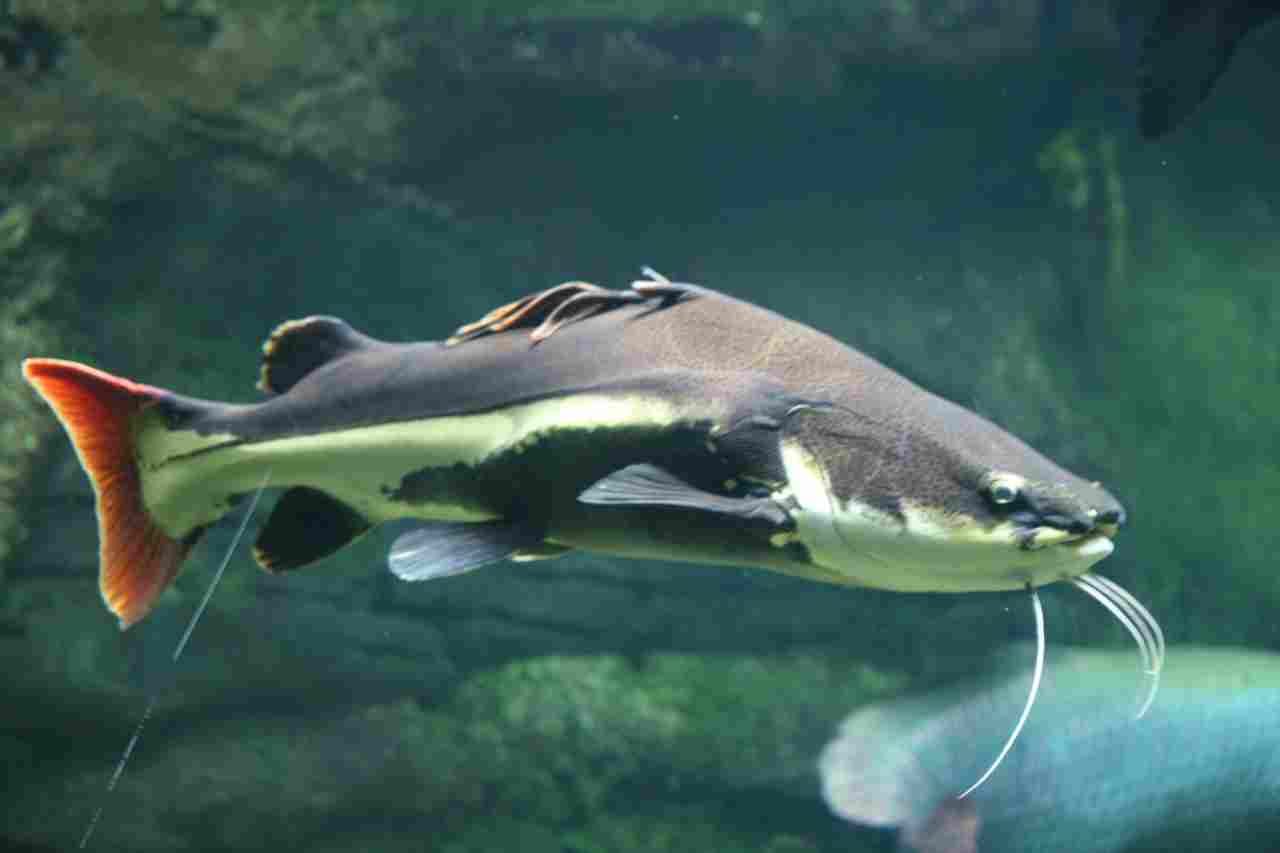
4. Smaller Size and/or Cascading Effect Than Tertiary Consumers
Catfish, in comparison to larger tertiary consumers such as river otters, arapaima, caimans, hammerhead sharks, and river dolphins, have a smaller ecological impact. This is due to their smaller size and the resulting differences in their feeding behavior and trophic interactions.
As secondary consumers, catfish occupy a lower trophic level than tertiary consumers. Their smaller size limits their ability to consume larger prey and exert a significant top-down control on the ecosystem. Instead, catfish primarily feed on smaller organisms such as insects, crustaceans, and small fish. This narrower diet and smaller size result in a cascading effect on the food web, with less direct influence on higher trophic levels.
The smaller ecological impact of catfish compared to tertiary consumers reinforces their classification as secondary consumers. This distinction is important in understanding the role of catfish in the ecosystem and their contribution to energy flow and nutrient cycling. By occupying this intermediate position in the food chain, catfish play a vital role in maintaining the balance and stability of the ecosystem.
Is a Catfish a Producer, Consumer, or Decomposer?
Catfish are classified as consumers, and not producers or decomposers. They occupy the secondary consumer trophic level in the food chain. However, it is important to understand the specific role of catfish in the ecosystem and how they contribute to energy flow and nutrient cycling.
While catfish are not producers, as they are unable to manufacture their own food through photosynthesis like plants, they do play a crucial role as consumers. Catfish primarily feed on other organisms such as insects, crustaceans, and small fish. Their diet consists of organic matter derived from primary producers, such as algae and plants, which they obtain by consuming the organisms that directly feed on these producers.
In this way, catfish indirectly contribute to the decomposition process by consuming and breaking down organic matter from primary producers. However, it is important to note that catfish do not directly contribute to biodegradation like decomposers such as bacteria and fungi. Instead, they rely on other organisms to break down organic matter before consuming it.
Catfish are also not considered tertiary consumers, which are typically larger predators that feed on secondary consumers. Instead, they occupy an intermediate position in the food chain as secondary consumers. Their smaller size limits their ability to consume larger prey and exert a significant top-down control on the ecosystem.
The classification of catfish as consumers is further supported by their predatory behavior and significant trophic impact. Catfish are skilled predators, using their barbels and sensory organs to locate and capture their prey. Their feeding behavior contributes to the regulation of populations of primary consumers, helping to maintain the balance and stability of the ecosystem.
Conclusion
* In this article, we have discussed several key points that highlight the trophic status of catfish and why they are classified as consumers.
* We began by exploring why catfish are consumers, focusing on four main reasons. First, catfish are unable to manufacture their own food through photosynthesis like plants, making them reliant on consuming other organisms for energy. Second, catfish have a higher biological complexity compared to producers, as they possess specialized adaptations for capturing and consuming prey.
* Third, catfish do not directly contribute to biodegradation like decomposers, but they indirectly contribute to the decomposition process by consuming organic matter derived from primary producers. Lastly, catfish feed on other organisms, such as insects, crustaceans, and small fish, further solidifying their role as consumers in the food chain.
* Moving on, we delved into the specific type of consumer that catfish are, focusing on why they are considered secondary consumers. One key factor is their predatory behavior, where catfish use their barbels and sensory organs to locate and capture their prey. This behavior helps regulate populations of primary consumers, contributing to the balance and stability of the ecosystem.
* Additionally, catfish have a significant trophic impact, as their feeding habits influence the energy flow and nutrient cycling within the food web. They may also consume primary consumers, further establishing their position as secondary consumers. Lastly, their smaller size and limited ability to consume larger prey differentiate them from tertiary consumers, which are typically larger predators exerting top-down control on the ecosystem.
* To address the question of whether a catfish is a producer, consumer, or decomposer, we have established that catfish are indeed consumers. They occupy the secondary consumer trophic level and play a vital role in energy flow and nutrient cycling within the ecosystem.
* While they indirectly contribute to the decomposition process by consuming organic matter derived from primary producers, they are not considered decomposers themselves. Catfish rely on other organisms to break down organic matter before consuming it. Therefore, their classification as consumers is well-supported by their feeding behavior and trophic impact.
* Generally, catfish are consumers that occupy the secondary consumer trophic level in the food chain. They play a crucial role in energy flow and nutrient cycling within the ecosystem by feeding on other organisms. While they indirectly contribute to the decomposition process, they are not considered decomposers themselves. Catfish exhibit predatory behavior, have a significant trophic impact, and may consume primary consumers. Their smaller size and limited ability to consume larger prey differentiate them from tertiary consumers.
FAQs
1. Is a Catfish a Autotroph or Heterotroph?
A catfish is a heterotroph, meaning it relies on consuming other organisms for its food and energy. Unlike autotrophs such as plants and algae, catfish do not have the ability to produce their own food or biomass through photosynthesis. Instead, they obtain nutrients and energy by feeding on other organisms in their environment.
Catfish are well-adapted predators, using their specialized mouthparts and sensory organs to locate and capture their prey. They have a diverse diet, feeding on a variety of organisms including smaller fish, insects, crustaceans, and even plant matter.
As heterotrophs, catfish play an important role in the food chain as secondary consumers. They consume primary consumers, such as smaller fish or insects, and are themselves consumed by larger predators. This trophic interaction helps to maintain the balance and stability of aquatic ecosystems.
2. Is a Catfish a Consumer or Producer?
A catfish is a consumer, not a producer. Unlike autotrophs, such as plants and algae, catfish do not have the ability to produce their own food through photosynthesis. Instead, they rely on consuming other organisms for their food and energy. Catfish are well-adapted predators, using their specialized mouthparts and sensory organs to locate and capture their prey.
They have a diverse diet, feeding on smaller fish, insects, crustaceans, and even plant matter. As consumers, catfish play an important role in the food chain as secondary consumers. They consume primary consumers, such as smaller fish or insects, and are themselves consumed by larger predators. This trophic interaction helps to maintain the balance and stability of aquatic ecosystems.
3. Is a Catfish a Consumer Decomposer?
A catfish is a versatile and opportunistic consumer, sometimes referred to as a decomposer. However, it is important to note that a catfish is not a true decomposer. While it may scavenge and consume decaying organic matter, it does not directly or significantly facilitate biodegradation.
Catfish play a crucial role in aquatic ecosystems as consumers. They have a diverse diet, feeding on smaller fish, insects, crustaceans, and even plant matter. As consumers, they help regulate the population of primary consumers, such as smaller fish or insects, and contribute to the overall balance of the food chain.
Although catfish may consume decaying organic matter, their primary role is not decomposition. True decomposers, such as bacteria and fungi, are responsible for breaking down organic material and facilitating the recycling of nutrients in ecosystems.
4. Is a Catfish a Secondary Consumer?
A catfish is indeed a secondary consumer. This is because catfish exhibit predatory behavior and are larger than aquatic primary consumers, allowing them to feed on smaller fish and shrimp. By consuming primary consumers, such as small fish and shrimp, catfish occupy the third trophic level in the food chain.
As secondary consumers, catfish play a significant role in regulating the population of primary consumers and maintaining the balance of the ecosystem. They help control the population of smaller fish and shrimp, preventing their numbers from becoming too high and potentially disrupting the food chain.
It is important to note that while catfish may consume decaying organic matter, their primary role is not decomposition. True decomposers, such as bacteria and fungi, are responsible for breaking down organic material and facilitating nutrient recycling in ecosystems.
5. Is Fish a Producer, Consumer, or Decomposer?
Fish are primarily consumers in the food chain. They cannot manufacture their own food and rely on other organisms for sustenance. While some fish, like the streaked prochilod, are called decomposers because they have detritivorous feeding habits, most fish are not true decomposers.
Fish play an important role as consumers in aquatic ecosystems. They feed on a variety of organisms, including smaller fish, insects, and plankton. By consuming these organisms, fish help regulate their populations and maintain the balance of the ecosystem.
6. Is a Crayfish a Producer, Consumer, or Decomposer?
Crayfish can be considered both a consumer and a decomposer. In many studies, crayfish are classified as decomposers due to their detritivorous and filter feeding behaviors. They play a crucial role in breaking down organic matter, such as dead plants and animals, into smaller particles, which contributes to the process of decomposition in aquatic ecosystems. By consuming and breaking down these materials, crayfish help to recycle nutrients and maintain the overall health of the ecosystem.
However, crayfish are also consumers because they must feed on biogenic materials from external sources to meet their nutritional needs. They are opportunistic feeders and will consume a variety of food sources, including plants, insects, small fish, and even other crayfish. Their feeding habits make them an important link in the food chain, as they help regulate the populations of their prey and contribute to the overall balance of the ecosystem.



